Indulge in a world of cheesy delicacies!

7 Indian Cheeses That Deserve The Spotlight - Kalari to Bandel
India offers a diverse selection of cheeses, ranging from sweet to savoury, salty, or creamy. Each state has its unique method of crafting and savouring cheese. Here, we explore seven distinct cheeses from India.
Updated May 29, 2024, 02:40 PM IST
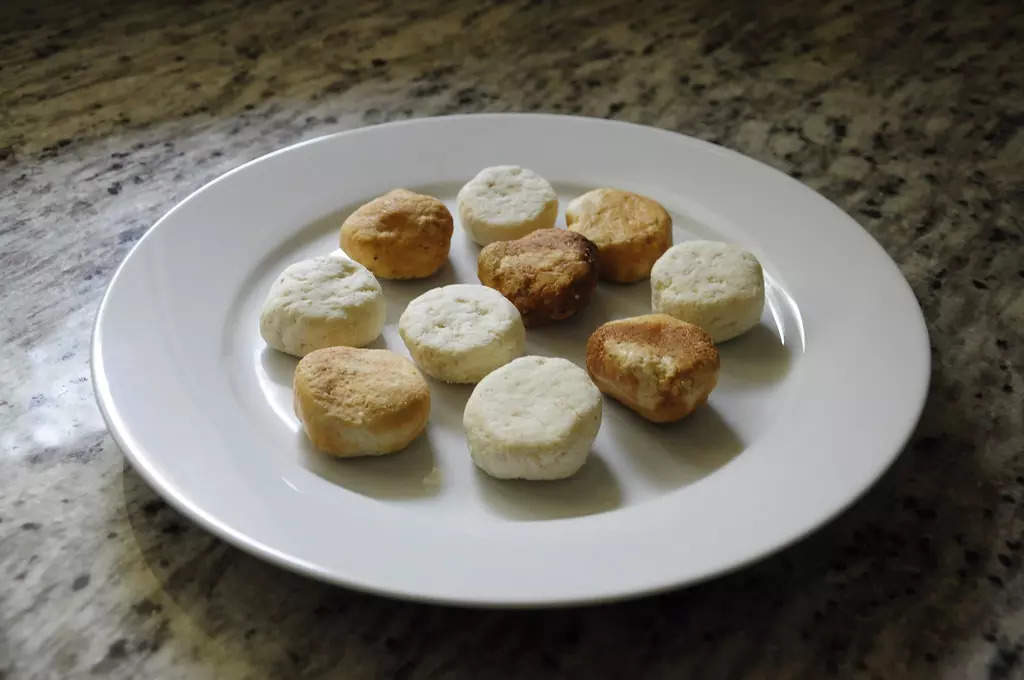
Roundels of Bandel cheese
Cheese is a big part of the culinary history of many countries. They have their own tastes and process of making cheese, just as we do! The versatility of this dairy marvel means it can be included in sandwiches, rolls, or enjoyed on its own. Savoury and salty cheese makes all dishes much creamier and gives it a fun edge. There are different types of cheese that we know of such as Swiss, cheddar and mozzarella. But do you know about the different types of Indian cheese? Here are 7 varieties of Indian cheese you must try.
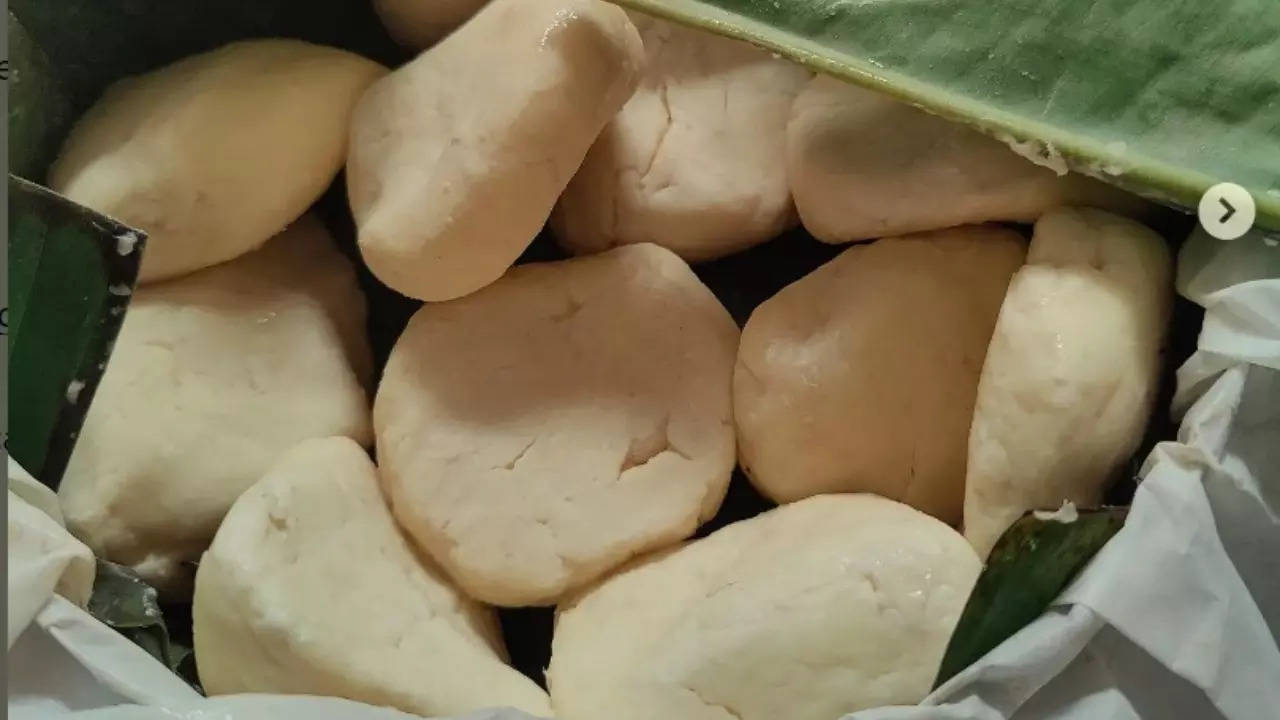
Kalari cheese from Kashmir
Kalari, Kashmir
Made from cow’s milk, this cheese hails from the beautiful valleys of Kashmir. What sets it apart is the process of making the cheese. To make it, you do not need to boil the milk but rather heat it, remove the pan from the heat and then add whey water and stir. You will see that the milk starts separating from the mixture and a soft creamy texture arises. You can then pick the cream off the milk and squeeze it with your hand to remove the moisture. You can then make as many Kalari Tikki pieces as you can, and make sure to store them in an airtight container to prevent hardening quickly. Kalari cheese has a distinctive aroma and flavour, making it a culinary delight.
Chhurpi, Himalayan
This Himalayan cheese is made from Yak’s milk or cow's milk. A popular snack in Sikkim, it is known for its durability. Trekkers often bring it along when embarking on long journeys, providing a convenient snack for the road. This is considered the hardest cheese in the world; it can take 2-3 hours to consume depending on how strong your teeth are. There are also soft versions of chhurpi, and the only ingredient you need to make this is buttermilk or curd. You put the curd to boil on low flame until you see some solid mass forming. Once it is formed, strain it and transfer it to a cloth. Make sure to strain all the moisture from the mass and you have your Chhurpi cheese.
Kalimpong Cheese, West Bengal
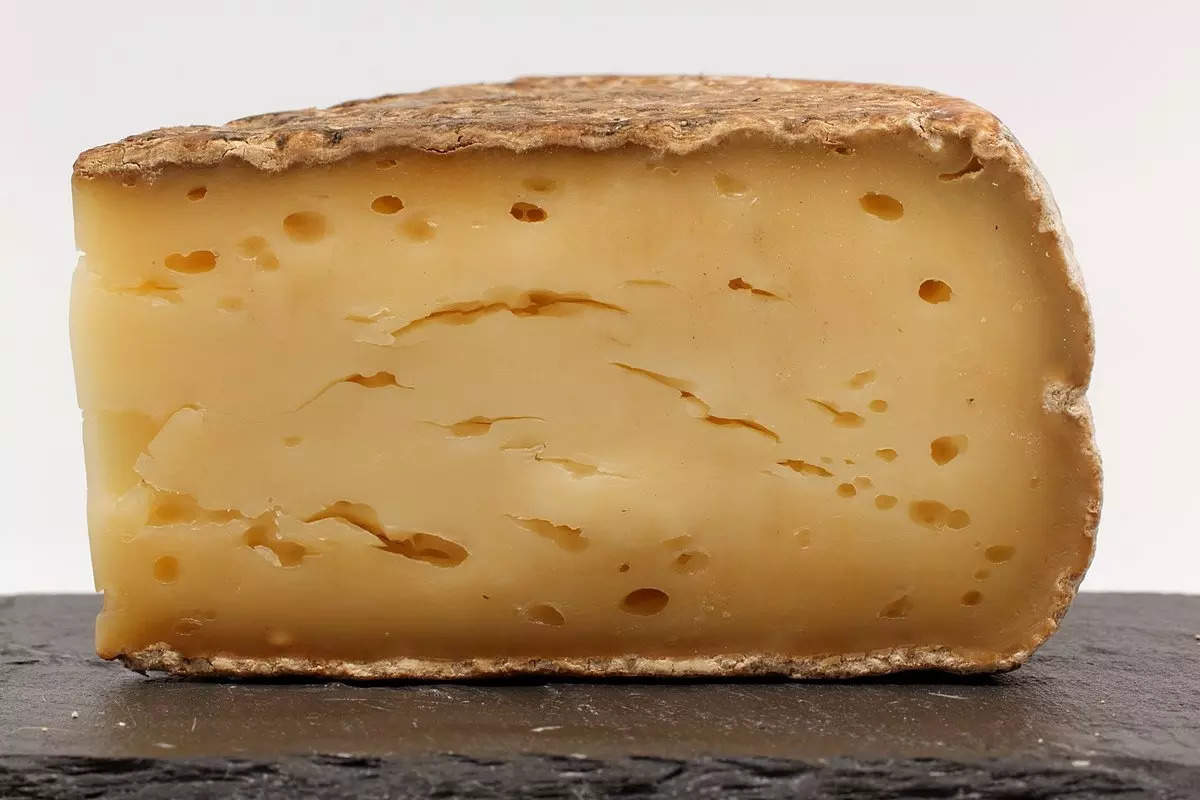
Kalimpong Cheese
Coming from the beautiful hilly station of Kalimpong, this cheese is a semi-hard cheese made from cow’s milk. It has a distinct texture and mild flavour. It's a highly adaptable ingredient suitable for various dishes, pairing well with fruits, and serving as an excellent complement on a charcuterie board alongside grapes, crackers, ham, and mustard toast. This cheese is processed and matured before it is perfect to be eaten. Although Kalimpong cheese was called a lost tradition, the efforts of food enthusiasts in Kalimpong have revived it and are making the effort to keep it going.
Qudam, Kashmir
Hailing from the Gijjar tribe of Kashmir, this is a niche part of the paneer family that is rarely available and may require searching in more localised areas. It has a rubber-like texture to it with a salty taste. The shelf life of this cheese is quite long, and it is because of the traditional way of making it.
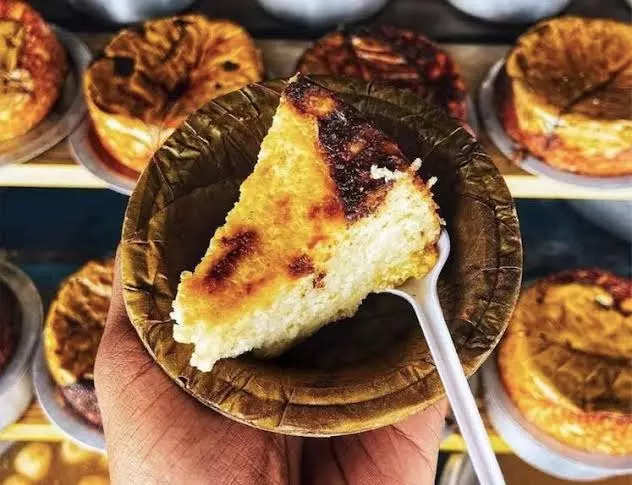
Chena poda from Odisha
Chhena
This cheese is known for its crumbly and soft texture, similar to ricotta. It goes great with toast and some chutney. Easy to prepare, this makes for an amazing breakfast or easy on the stomach snack that does not leave you bloated. Used to make famous sweet dishes like Rasgulla and Rasmalai, Chhena is a beloved ingredient used throughout India. To make this you need buttermilk/curd and full-fat cow’s milk, you can also use buffalo milk as it is more cream-heavy. You can use lemon juice as a substitute for buttermilk, but buttermilk gives it acidity and creaminess to the chhena. It is very easy to make, put the milk in a pan and let it come to a slow boil. When it reaches that, lower the heat and add the buttermilk. Soon you will see that it is foaming. Keep stirring and when it starts separating you are done! Collect the chhena and then strain it well.
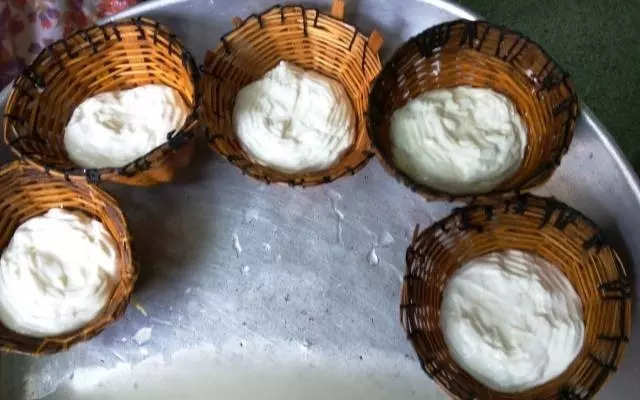
Topli Na Paneer directly translates to ‘Paneer in a basket’
Topli Na Paneer, Parsi Cuisine
It directly translates to ‘Paneer in a basket’, this cheese dish finds its origins in the Parsi culture, travelling all the way from Persian cuisine. To make this, you must add rennet to lukewarm milk and let the milk separate from the whey water. You then pass the solid mix through a muslin cloth. You then scoop up the curd and place it in a sieved wicker basket. It is flipped at intervals and then placed in its own whey water and refrigerated. You can have this paneer with roasted cumin powder on top.
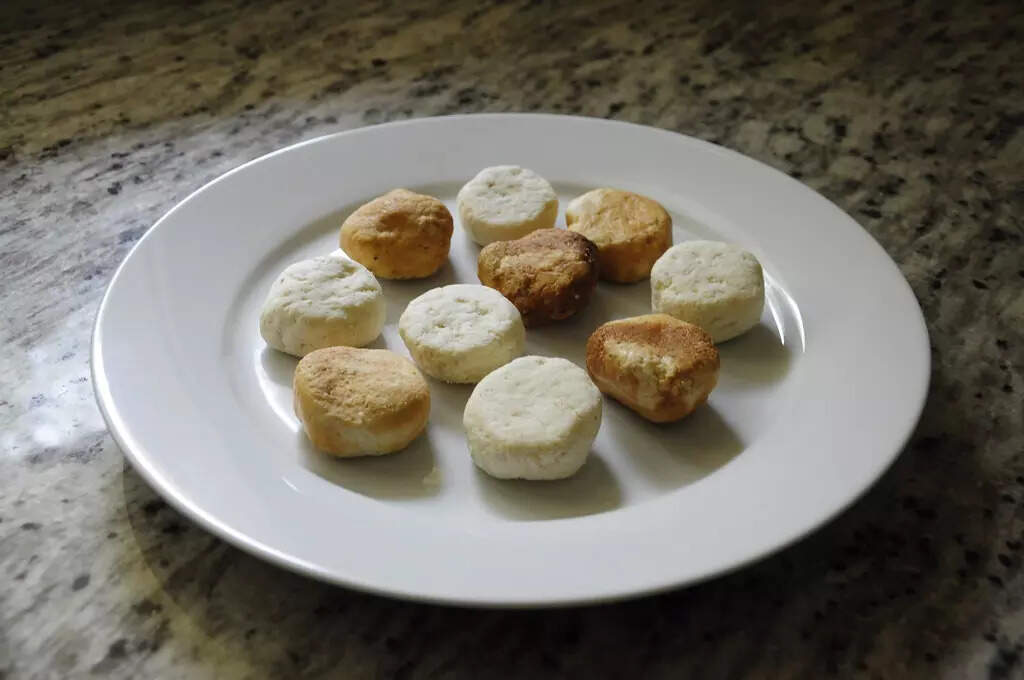
Bandel cheese from Bengal
Bandel, West Bengal
This Bengali cheese finds its roots in Portuguese cuisine, it is renowned for its cylindrical shape and crumbly texture. It has a hint of smokiness and a mildly sweet flavour but majorly a savoury taste. It is made from milk separated with lemon juice, drained and kneaded and then it is placed in a basket for shaping. It is cured for 2 days and sold smoked and unsmoked. You can use it in sandwiches or pair it with wine. This can also be enjoyed as a little snack.
indian cheese
kalari cheese
cheese dishes
cheese types
types of cheese
chena
cottage cheese